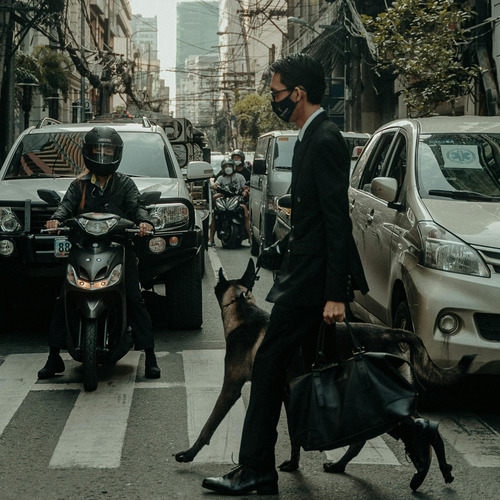Close-person protection dogs aren’t just well-trained companions—they’re expertly conditioned to shadow their person like a second set of instincts. But beneath their calm surface lies a complex set of traits and techniques that most people, even dog enthusiasts, rarely consider.
Breeding for Emotional Stability, Not Aggression
Unlike general guard dogs, close-person protection dogs are selected for stability over drive. The focus isn’t on aggression but on emotional control. Breeders look for pups that stay curious during loud noises or unexpected contact, not those who charge first. Early exposure to busy environments helps these dogs learn not to react impulsively—essential when escorting high-risk clients through unpredictable settings.
Micro-Cue Awareness
What sets these dogs apart is their ability to detect micro-signals from their handler—subtle changes in breathing, eye direction, or even hand tension. While basic protection dogs rely on clear commands, these dogs are trained to respond to unconscious cues, often acting before their person realizes there’s a threat.
Real-World Conditioning: Beyond the Training Ground
Most assume training happens in quiet fields. In truth, the best candidates undergo drills in parking garages, elevators, nightclubs, and moving vehicles. These dogs get used to tight corners, reflective surfaces, and overlapping noise—conditions that would overload a less prepared dog. Trainers even simulate public confrontations to teach dogs how to hold ground without escalating too soon.
Legal Readiness and Low-Profile Defense
One overlooked aspect of close-person protection is legal strategy. Owners work with legal advisors to register, insure, and transport these dogs internationally. Dogs also train to operate discreetly in upscale settings—appearing like companions until needed. This low-profile defense is often preferred in diplomatic and corporate protection work.
Constant Learning, Lifelong Work
These dogs don’t “graduate” and forget. They require ongoing scenarios to sharpen their skills and avoid overconfidence or boredom. Their intelligence and sensitivity demand structured work to keep them safe, balanced, and reliable.
In a world of generic alarm systems, close-person protection dogs offer something rare: silent, sentient security that learns with you and never leaves your side.

